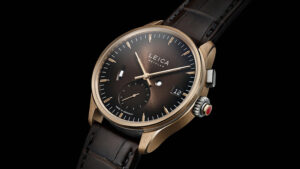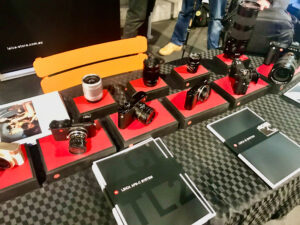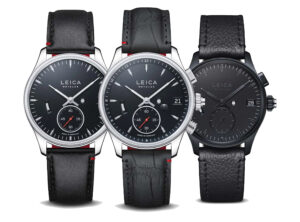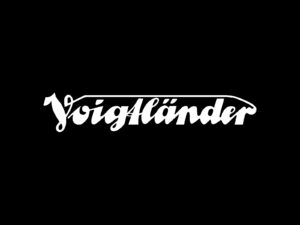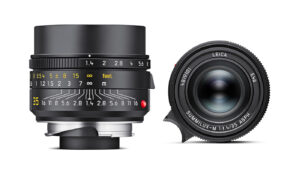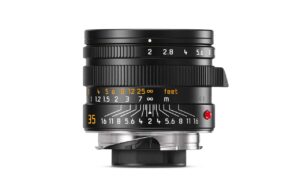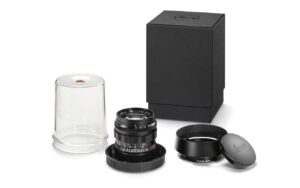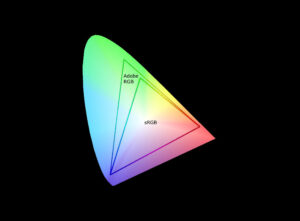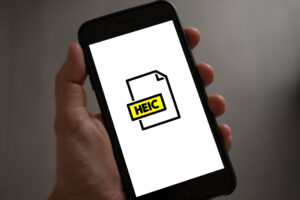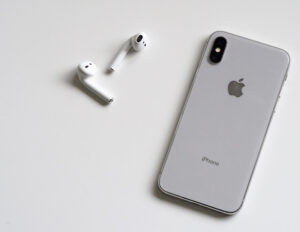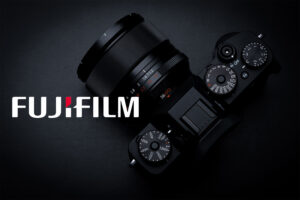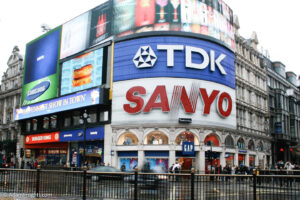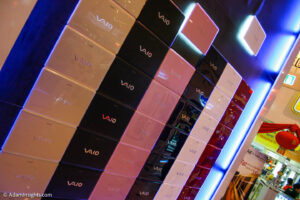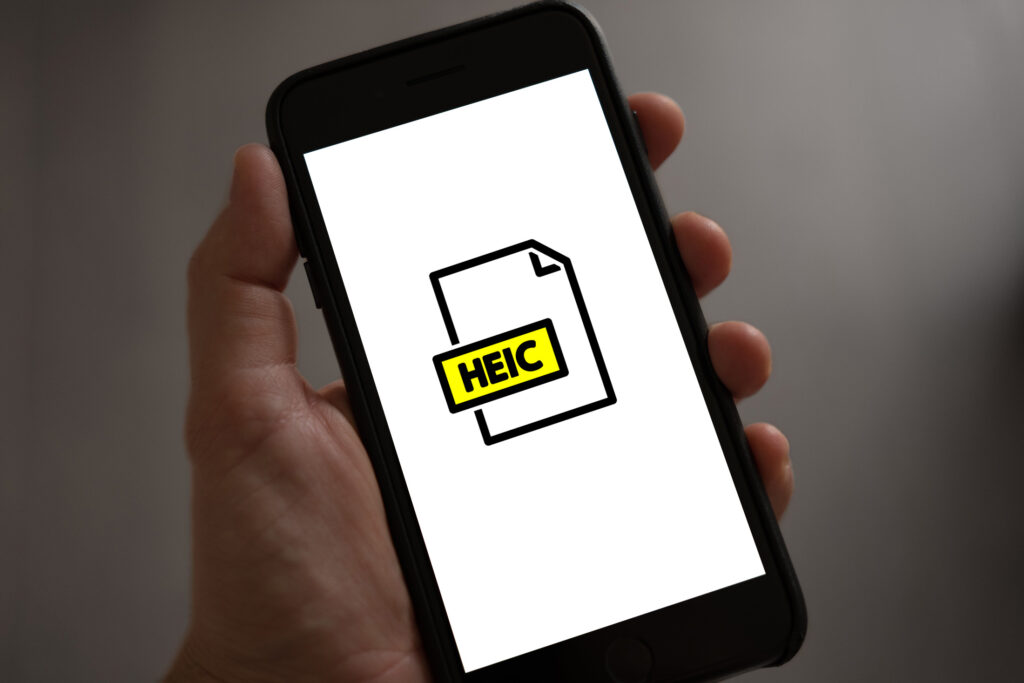In the ever-evolving landscape of digital photography and mobile technology, the High Efficiency Image File (HEIC) format emerges as a game changer. Developed by Apple, this innovative image container format, available on iPhone 7 and later models with iOS 11 or above, is redefining the way we store and interact with our digital memories. Sometimes it has caught me out for compatibility when sharing some images.
What is HEIC?
HEIC stands for High Efficiency Image Container, an advanced version of the High Efficiency Image Format (HEIF). Rooted in the technologies developed by the Moving Picture Experts Group (MPEG), HEIC is a direct successor of the HEVC and HEIF technologies, known for their exceptional compression capabilities.
The Evolution of HEIC
Apple’s journey to adopting HEIC started with MPEG’s Advanced Audio Coding (AAC) for iTunes, followed by the HEVC/H.265 video format. The transition to HEIC in 2017 with iOS 11 and macOS High Sierra was a strategic move, allowing Apple to enhance space efficiency while maintaining the high quality of its smartphone cameras.

This switch influenced other industry giants like Microsoft and Canon to adopt the HEIF format, marking a significant shift in digital imaging standards.
The Technical Superiority of HEIC
HEIC’s standout feature is its ability to compress photos using High Efficiency Video Coding (HEVC), drastically reducing file sizes compared to JPEGs while retaining superior image quality. Each HEIC file, identifiable by its .heic or .heics extension, can store multiple images and includes crucial metadata like size, resolution, and location.
The Versatility of HEIC Files
HEIC files have a wide array of applications, from professional photography to personal use. They are ideal for storing large photo collections in high resolution, capturing fast action sequences with burst mode, and even creating animations from sequences of images.
Comparing HEIC and JPG
When juxtaposed with the traditional JPG format, HEIC files are half the size yet offer better image quality. However, HEIC’s limitation lies in its compatibility; not all devices and platforms support this format yet.
The Pros and Cons of HEIC
Advantages:
- Space Efficiency: HEIC files are significantly smaller than JPEGs.
- High-Quality Images: They support 16-bit colour and retain high resolution.
- Comprehensive Metadata: HEIC files store detailed information and even image edits.
Disadvantages:
- Limited Adoption: HEIC is not yet universally supported.
- Compatibility Issues: There can be challenges in editing or uploading HEIC files on non-compatible platforms.
Managing HEIC Files on Your iPhone
If you prefer not to use HEIC due to compatibility issues, you can switch to the ‘Most Compatible’ format in your iPhone settings. This change will result in larger file sizes and potentially lower image quality but offers greater convenience.
Converting HEIC Files
For those needing to convert HEIC files to JPG or PNG, both macOS and Windows offer simple solutions. macOS users can use the Preview app, while Windows users can rely on built-in iOS settings or online converter tools like HEICtoJPG.
See how easy it is to convert HEIC to Jpeg or other image file formats with this screen recording I made.
Compatibility with Editing Software
Popular photo editing software like Photoshop and Lightroom can open HEIC files, provided the operating system and app versions are up-to-date. This compatibility ensures that photographers and designers can work seamlessly with HEIC files.
The Future of HEIC
As technology continues to advance, it is likely that HEIC will gain wider acceptance, potentially becoming the preferred format for digital imaging. Its balance of high-quality imagery and space efficiency makes it an attractive choice for the future of photography and image storage.
Conclusion
The introduction of HEIC marks a significant milestone in digital imaging technology. Its advanced compression technology, high-quality output, and versatility make it an appealing choice for both professional photographers and everyday users. As compatibility improves, HEIC is poised to become a dominant format in the world of digital photography, revolutionizing how we capture, store, and share our visual experiences.






















